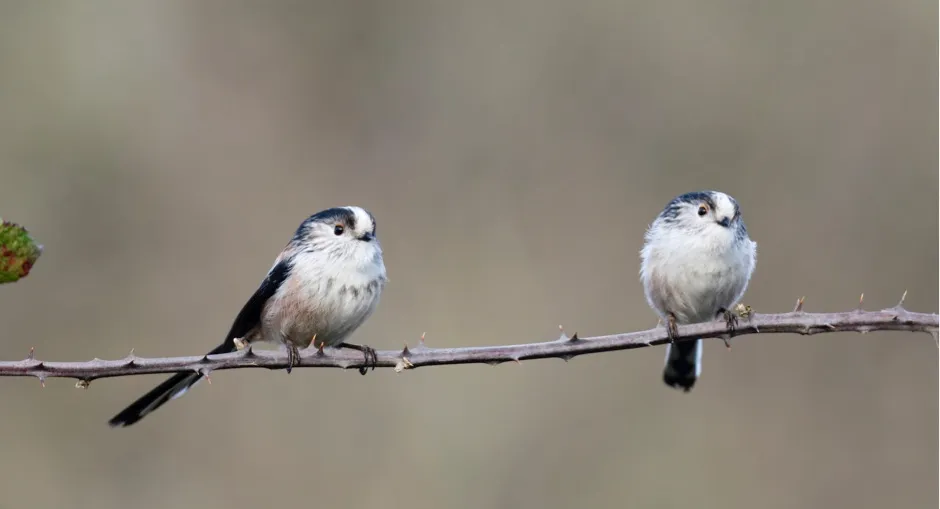Scientists have used mathematical modelling developed by Alan Turing to learn more about the behaviour of birds.
Researchers used the method to study why flocks of long-tailed tits segregate themselves into different parts of the landscape.
The team tracked the birds around Sheffield’s Rivelin Valley which eventually produced a pattern across the landscape, and using maths helped the researchers to reveal the behaviours causing these patterns.
Read more about bird behaviour:
- Five incredible journeys by seabirds (and some unusual underwater behaviour)
- 14 stunning photos of birds making incredible journeys across the Earth
- Birds cool their beaks when food is scarce to save energy
Natasha Ellison, PhD student at the University of Sheffield who led the study, said: “Mathematical models help us understand nature in an extraordinary amount of ways and our study is a fantastic example of this.
“Long-tailed tits are too small to be fitted with GPS trackers like larger animals, so researchers follow these tiny birds on foot, listening for bird calls and identifying birds with binoculars.
“The fieldwork is extremely time consuming and without the help of these mathematical models these behaviours wouldn’t have been discovered.”

Flocks of long-tailed tits are less likely to avoid places where they have interacted with relatives and more likely to avoid larger flocks, whilst preferring the centre of woodland, according to the findings published in the Journal of Animal Ecology.
It was previously unknown why the birds live in separate parts of the same area, despite there being plenty of food to sustain multiple flocks and the birds not showing territorial behaviour.
The equations used to understand the birds are similar to those developed by Turing to describe how animals get their spotted and striped patterns.
The maths indicates if patterns will appear as an animal grows in the womb, while in the study it was used to find behaviours that lead to the patterns across the landscape.
Territorial animals often live in segregated areas that they aggressively defend and stay close to their den, the researchers say.
Before the current study, these mathematical ideas had been used to understand the patterns made by territorial animals such as coyotes, meerkats and even human gangs.
However, this study was the first to use the ideas on non-territorial animals with no den pinning them in place.
Reader Q&A: How do baby birds breathe inside their eggs?
Asked by: Eleanor Tew, York
It’s all down to some nifty engineering inside the eggshell. Early on in a chick’s development, it grows a hollow, sac-like structure from its gut, known as an ‘allantois’. This pouch fuses with a second membrane (‘chorion’) surrounding the chick and its yolk, which together form the ‘chorioallantoic membrane’.
With one end attached to the chick, and one end close to the eggshell’s inner surface, this membrane effectively acts like lung tissue, connecting the chick’s circulatory system to the outside world. Oxygen diffuses through microscopic pores in the shell to the blood vessels in the chorioallantoic membrane, and then on to the chick’s bloodstream. Carbon dioxide, the gaseous waste product of respiration, passes in the opposite direction.
Read more:
